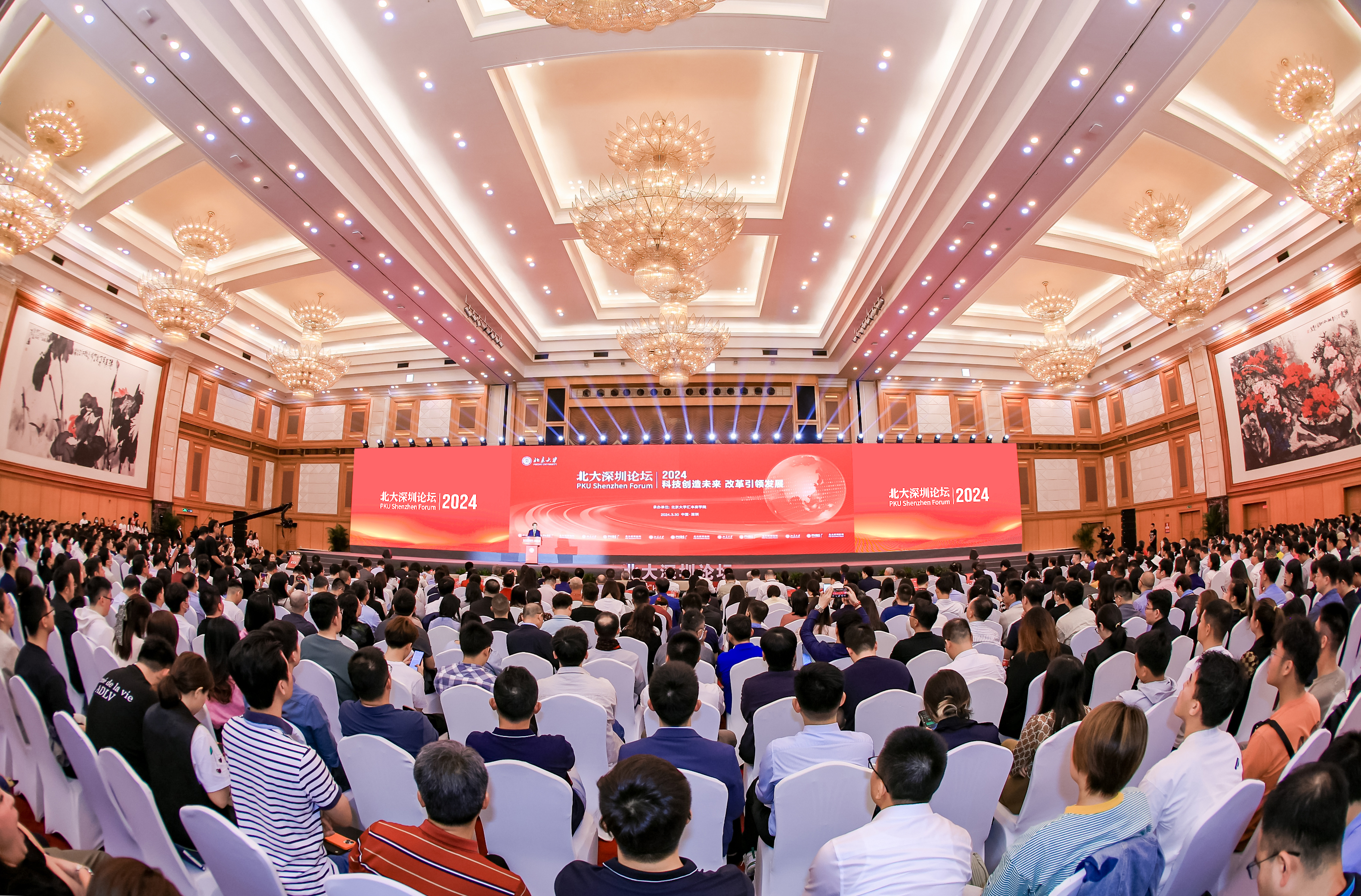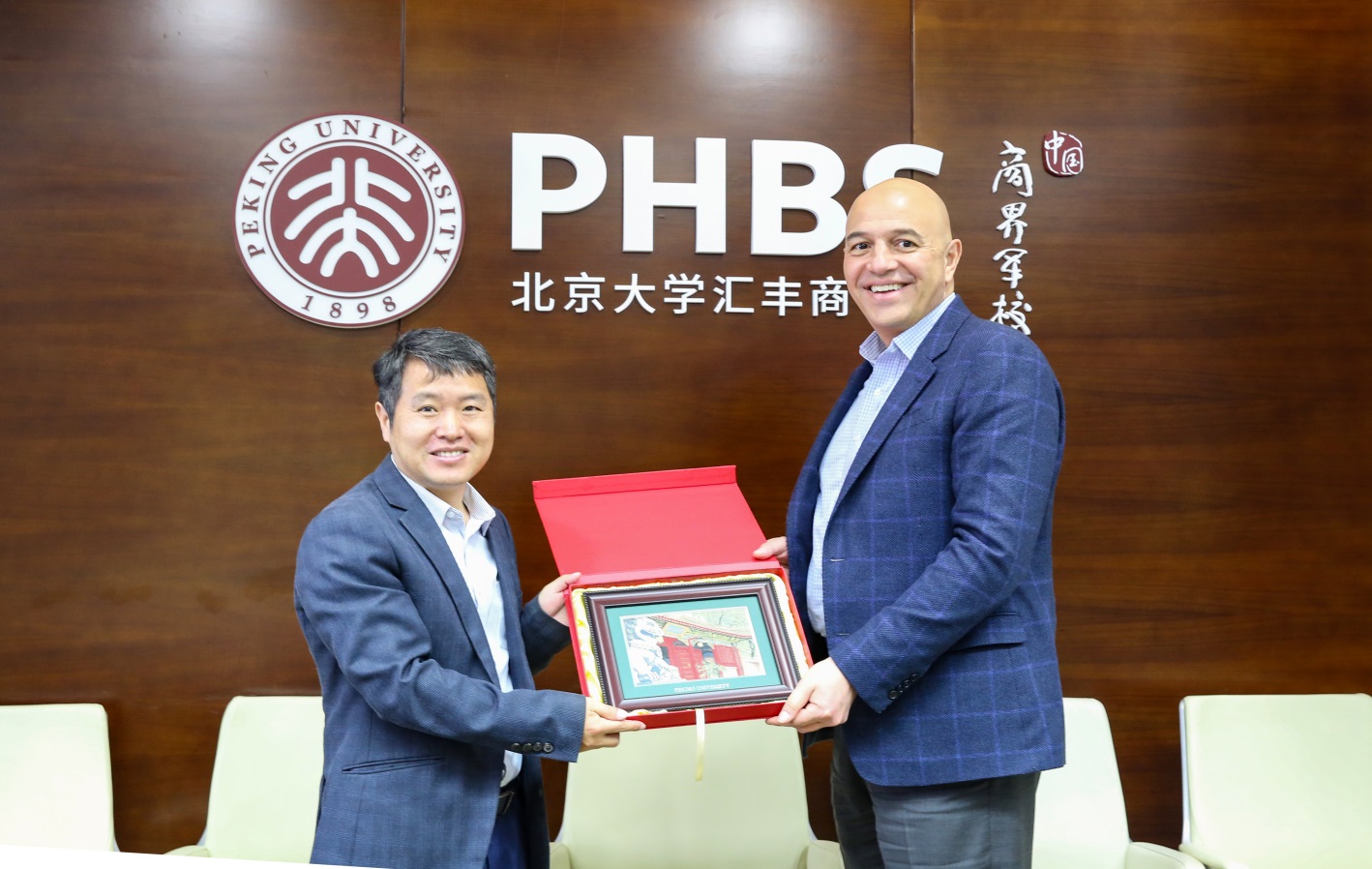By Prof. Gerhard Stahl, Shenzen
At the end of this year a new International Financial Institution (IFI), the Asian Infrastructure and Investment Bank (AIIB) will become operational. The AIIB is placed in Beijing. It has currently 57 founding members: 37 Asian countries (including Russia, Australia and New Zealand) and 20 outside Asia (17 European countries, two African countries and Brazil). The authorized capital of the AIIB is expected to be US$ 100 billion and will be used for infrastructure projects in Asia. There is a big need for infrastructure financing in a quickly developing Asia. The Asian Development Bank (ADB) estimates that for the period between 2010 and 2020, Asia needs US$ 8 trillion for infrastructure construction.
The founding countries of the AIIB took the decision to participate in spite of concerns raised that the creation of a new international bank would undermine existing IFIs, like the World Bank and the Asian Development Bank. The strong participation of European countries was a major breakthrough for Chinese diplomacy against resistance coming especially from the United States. This success is of importance not only for the development of Asia but it is also an important step for new global governance structures. The reform of the Bretton Woods Financial Institutions is stalled because of the negative attitude of the American Congress. Therefore the correction of the voting rights in the IMF, reducing slightly the dominant US influence and the over-representation of Europe at the benefit of countries in Asia and Africa is still not happening. The AIIB might be able to demonstrate that a new financial institution supported by China will be run on an inclusive pattern, allowing participants to join into the decision-making in a more equal manner.
Challenges
But there are still important decisions to be taken to assure that the high ambition of China becomes reality: to create a new financial institution, which is a best practice case for the 21st century.
This new IFI must find a balance between the different interests of its shareholders. Chinas interest is to use the AIIB for the financing of infrastructure projects linked to its one belt on road strategy. The strategy has two main components a land based Silk Road Economic Belt and the 21stCentury Maritime Silk Road. The Silk Road Economic Belt is intended to improve road and rail routes and other means of connection, including oil and natural gas pipelines and IT infrastructure, in an area that stretches from China to central and South Asia, Russia, the Mideast and Europe. The 21st Century Maritime Silk Road is intended to create a network of ports and industrial parks linking South and Southeast Asia, East Africa and the Mediterranean Sea. Chinas big Companies have over-capacities, which can be used for these investment projects. This can help these companies to cob with reduced growth in China. Especially Chinese state-owned companies have privileged access to political decision makers and might hope for a preferential treatment by the AIIB. But also companies from Russia and India might hope for a special treatment.
The European Partners expect to the contrary that an IFI functions without a national preference and that also International companies have a fair chance to participate in AIIB financed projects in open and transparent tendering procedures. European Countries being shareholders of other IFIs, which are also active in Asia like the World Bank, the Asian Development and even the European Investment Bank will underline the need for a good cooperation with these existing IFIs. This implies that the banking activities are based on common standards to facilitate cooperation.
The comments made by the Chinese AIIB-Secretary General Jin Liquin are encouraging: “ I will strive to ensure that the AIIB develops and embodies a corporate ethos that is characterized by transparency, integrity and accountability, and is focused on meaningful and measurable outcomes and results…The AIIB’s assistance to its clients should be technically, financially, economically, environmentally and socially sustainable.”
To implement these laudable objectives in the banking activities common answers amongst the participating shareholders must be found to some difficult questions:
- What is the right balance between high environmental and social standards and timely and cost-effective project implementation?
- How to avoid corruption in countries with weak governance and poor legal systems?
- How to deal with international sanctions against companies and states?
- How to assure open and transparent tendering for all activities?
- How to garanty access for the public to information?
Transparency
If one takes the Aarhus Regulation, which guides the policy of the EIB, environmental and social information held by the Bank and related to projects should be made available. Will the AIIB develop a public register for dissemination of this information to the public? Are environmental and social impact assessments parts of publicly accessible information?
In the remaining months until the start of the operations of the AIIB the shareholders of the bank have to find an agreement about the standards and procedures for the functioning of the AIIB. It is a positive sign that in the preparatory discussions an exchange of view with other IFIs takes place. Hopefully the best international standards will be agreed to make the AIIB really a model for the 21st century.
Chinas active support for high standards of transparency and accountability in the banking activities will be the best answer to the existing doubts about the will and capacity of Chinas leadership to improve governance and eradicate corruption.
The original article

















